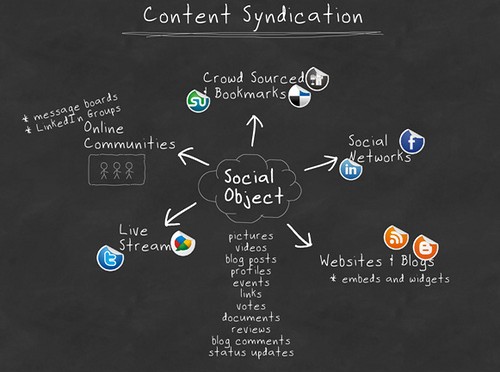Guest Posting can be an extremely valuable marketing approach. For most, guest posting is all about publishing your content on various other websites. However, there is a big opportunity when you allow others to guest post on your website.
Accepting guest posts is a great way to grow your blog without having to put in a lot of efforts. Guest posters will share their content when it is published and will subsequently promote your blog. This is a free marketing strategy, which can lead to more social media shares and hopefully links to your site. Usually, websites accept guest posts to add spice and attitude to the blog.
But accepting guest posts is not an easy task and requires a lot of efforts. Therefore, here are a few things one must follow before accepting guest posts:
1. Make sure to Figure out your Goals
Publishing guest posts on your blog are sure to bring in new visitors to your website. But the important question that you need to keep in mind is that what are the extra goals for these extra visitors?
1. Do you want these visitors to subscribe to your email?
2. What is your ultimate goal? Whether to increase your conversions or your click through rate?
3. Do you want more social media followers?
Whatever your goal might be, it is important that you put in some thought into it before you allow people to start guest posting on your website. It will then prepare your website to best utilize the extra traffic that you need to meet your specific goals. The biggest mistake companies make is to run towards this approach hoping to reap out all the benefits and often times their website is unprepared and they end up actually missing out on opportunities. If you want people to sign-up for your email list, then make sure to include a contact form and at times even a sign up form on the first page of your website so that no one misses it. If you want to increase your conversion rate, then consider running a sale or promotion around the same time when you publish your first guest post. Make sure to set a few goals, prepare your site and then let your guests do the marketing for you.
2. Create Guest Posting Guidelines
Once your blog is open to guest posts you are sure to get a lot of inquiries about your expectations for the posts. You can easily save some time and address these questions by posting a guidelines page. This will also let visitors know that you are open to guest posts and will encourage them to contact you. Also make sure to include information about how long you want the posts to be made, some of the possible topics that you are interested in, your preferred style of writing and any incentives you might be willing to offer. You can also optimize your websites guidelines page by including keywords like “guest post guidelines” or “write for us.”
3. Highlight your Stats
It is quite obvious that no one is going to write for you for free, so make sure you explain in detail why it is worth for them to choose you above the various others. Statistics should be readily available mentioning how many monthly visits your site attracts, the audience demographics or how many people are signed up for your website, email list, etc. The bloggers might also be interested to know how many twitter followers you have or what your following looks like on LinkedIn and Facebook. While they have access to some of this information without your help, it will look good if you can immediately answer their questions with some stats. If all your stats are not in great numbers, then try to focus on the ones that are good in numbers and can flaunt easily.
4. Plan well in advance for promoting Guest Posts
Another important thing that guest posters might be wondering about is how you plan to promote their post after they are done writing it. It is as important for your success to have a plan in mind as it is for theirs. If social media is a big part of your marketing plan, then emphasize on it. Share how often you usually tweet new posts, or how many shares you get when you post content on Facebook or LinkedIn. If you usually share your posts through a newsletter or email list then explain that to your guests. You should promote guest posts exactly the same way you promote your own content. Remember, the more you promote the post, the more others will be motivated to do the same, and this will result in increased traffic for your website. In addition to this to have more attraction, have an idea of where you will put in your author’s bio. Guest posters should submit a good-looking photo and detailed author bio and they want this information displayed significantly somewhere on your website.
5. Make sure the content on your Home Page is the best one that you have to Offer
This has more to do with you than with your guests. Think carefully about what message you want to send to all the new visitors. What is the first thing that visitors are going to see when they arrive on your page? Is it representative of your brand and your company? If not, then it is time for a revision. If a visitor reads one post and ends up on your site, they might be motivated to read more. Make sure the articles they see first are some of your best work, and it does not hurt to feature a few with engaging headlines.
There are many benefits to allowing guest posts on your website and a few of them are:
- It is a free content for your blog.
- You have the chance to highlight a different opinion on a topic.
- You will receive increased social media exposure.
Just make sure that you are prepared to accept guest posts. Keep in mind that there are plenty of other great blogs looking forward to attract guest writers. Following these five tips will help make sure your blog looks professional and stands out as one of the best in the industry.






